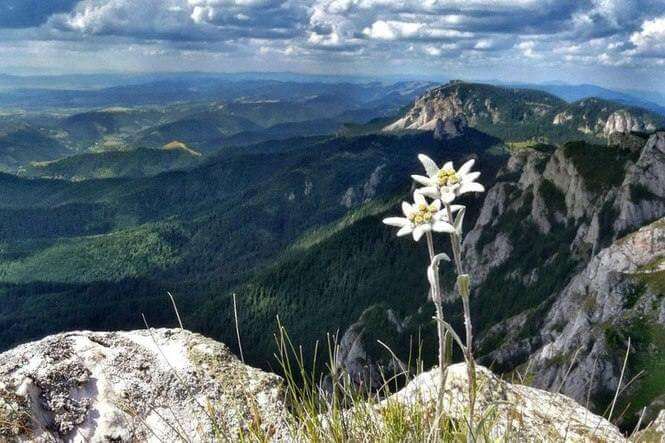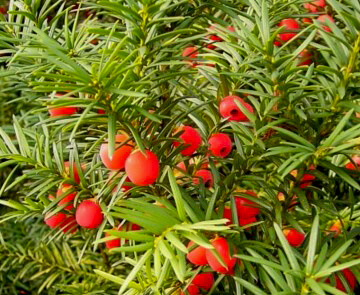Berry yew is a coniferous tree species. In ancient times this unique tree occupied a large part of the mountain the heels, now gradually disappearing from the Carpathian forests. The reason for this process is not so much changes climate’s, how much human activity. In ancient times, furniture, crossbows, bows, and even cannonballs were made from solid, rot-resistant yew. Its fragrant red wood was used to decorate Royal and noble palaces. Even in the tombs of the Egyptian pharaohs found sarcophagi made of yew berry.
Numerous toponyms, in particular, the name of the yew tree, indicate that it was widely used in the past in our region the river Teesа.As early as 1885, a stump with a diameter of 120 centimeters was exhibited at an exhibition in Budapest. It was brought from the Black Groun tract Bogdansky forestry, that on Rakhiv.

Today, in Transcarpathia, the places where this rock grows remain in hard-to-reach limestones along the Kuzy stream, in the Wholesome array to Massimo The Carpathian biosphere reserve and in the valley of the White Stream, in Tribosystem forestry. Several small yew tree biogroups have also been preserved in other regions of the region, in a strip of mixed beech and spruce forests. All parts of the tree, with the exception of the edible red pulp of the fruit, are very poisonous. In Greek mythology, the yew tree was considered the tree of death. You can get poisoned if you drink wine from a wooden Cup.

But its wood is bactericidal. A house that uses berry yew as a building material is seriously protected from infections. This property was very valuable in ancient times, during mass epidemics. In addition, berry yew was used as a plant-Obereg’s, since, according to legend, the impure action avoid it.







